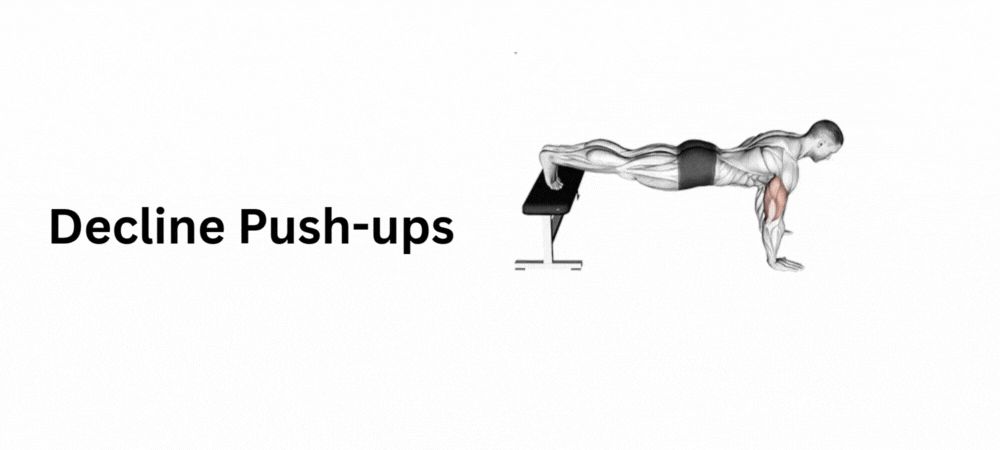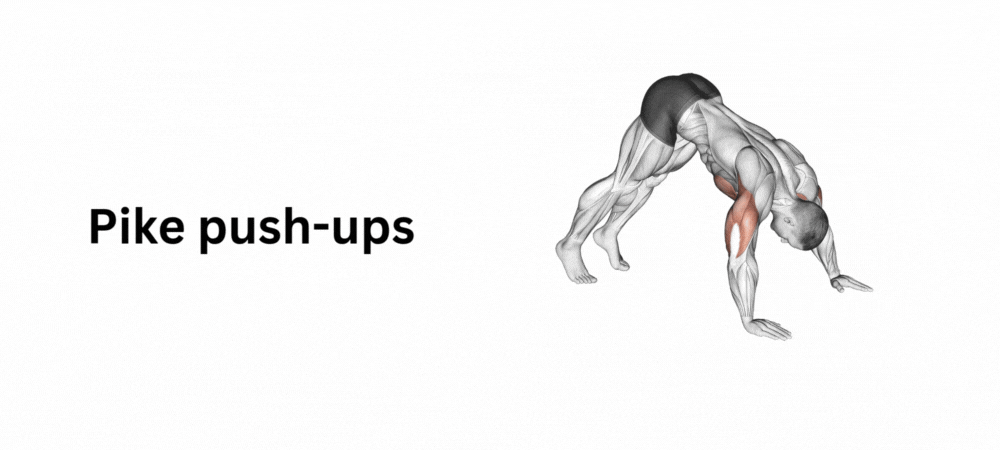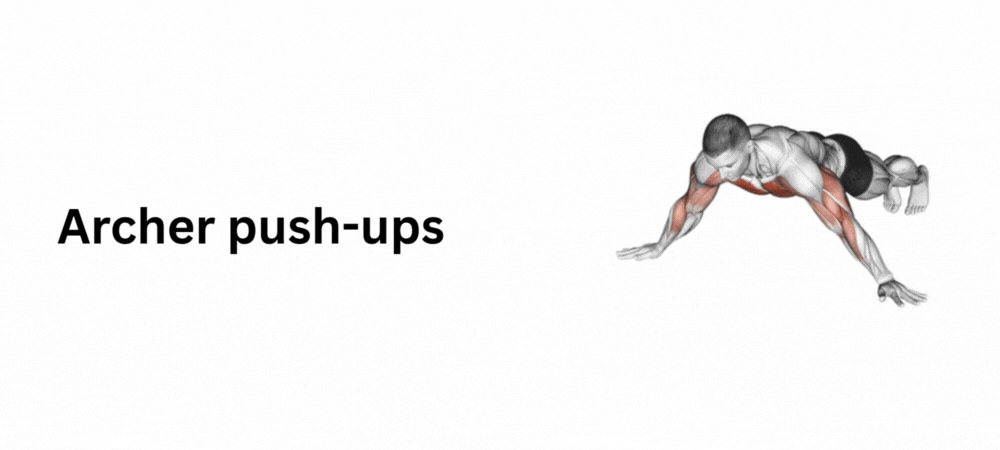The Cable Rear Delt Row is an effective exercise for targeting the rear deltoid muscles, which are located at the back of the shoulders. In this comprehensive guide, we’ll explore the correct technique, benefits, alternatives, and other essential details associated with the Cable Rear Delt Row.
Instructions
Setup:
- Cable Machine Setup: Adjust the pulley of the cable machine to the lowest position and attach a single-handle or D-handle to the cable.
- Positioning: Stand facing the cable machine with your feet shoulder-width apart and knees slightly bent. Grasp the handle with an overhand grip and take a step back to create tension in the cable.
Execution:
- Pulling Motion: Exhale as you pull the handle towards your chest while keeping your elbows close to your body. Focus on squeezing your shoulder blades together at the end of the movement to fully engage the rear deltoids.
- Controlled Release: Inhale as you slowly return the handle to the starting position, maintaining tension in the rear deltoids throughout the movement.
- Repeat: Perform the desired number of repetitions with proper form and control.
Tips:
- Keep your back straight and core engaged throughout the exercise to maintain stability.
- Avoid using momentum or swinging the body to complete the movement.
- Focus on contracting the rear deltoids with each repetition to maximize effectiveness.
Benefits
- Rear Deltoid Development: The Cable Rear Delt Row targets the rear deltoid muscles, helping to strengthen and build muscle in the back of the shoulders.
- Improved Shoulder Posture: Strengthening the rear deltoids can help improve shoulder posture by balancing out the strength of the shoulder muscles and reducing the risk of rounded shoulders.
- Shoulder Stability: This exercise also engages the muscles of the upper back and core, contributing to overall shoulder stability and function.
- Reduced Injury Risk: By strengthening the rear deltoids and surrounding muscles, the Cable Rear Delt Row can help reduce the risk of shoulder injuries and improve overall shoulder health.
Muscles worked in Cable Rear Delt Row
The Cable Rear Delt Row primarily targets the rear deltoid muscles, which are located at the back of the shoulders. Additionally, the exercise engages the following muscles to a lesser extent:
- Trapezius: The trapezius muscles, particularly the middle and lower fibers, help stabilize the shoulder blades and support the movement of the arms during the rowing motion.
- Rhomboids: The rhomboid muscles, located between the shoulder blades, are activated to stabilize the scapulae (shoulder blades) and assist in pulling the handle towards the body.
- Latissimus Dorsi: The latissimus dorsi muscles, or lats, are involved in the rowing motion, particularly during the initial phase of pulling the handle towards the body.
Overall, the Cable Rear Delt Row primarily targets the rear deltoids, but it also engages several other muscles of the upper back and shoulders to provide stability and support during the exercise.
Alternate names for Cable Rear Delt Row:
- Cable Reverse Fly
- Cable Rear Deltoid Raise
- Cable Bent-Over Reverse Fly
- Cable Rear Shoulder Row
Alternatives
- Dumbbell Rear Delt Row: Perform a similar movement using dumbbells instead of a cable machine, allowing for unilateral training and a greater range of motion.
- Face Pulls: Utilize a cable machine with a rope attachment to perform face pulls, which also target the rear deltoids while engaging other muscles of the upper back.
- Bent-Over Reverse Flyes: Bend over at the waist with a pair of dumbbells and perform reverse flyes, targeting the rear deltoids and upper back muscles.
- Machine Rear Delt Flyes: Use a rear delt fly machine to isolate the rear deltoids and perform controlled repetitions with a focus on muscle contraction.
Conclusion
Incorporating the Cable Rear Delt Row into your workout routine can help strengthen the rear deltoids, improve shoulder posture, and reduce the risk of shoulder injuries. Focus on proper form, control the movement, and consider incorporating alternative exercises to keep your workouts varied and effective.
Also, check the Cable Lateral Raise








